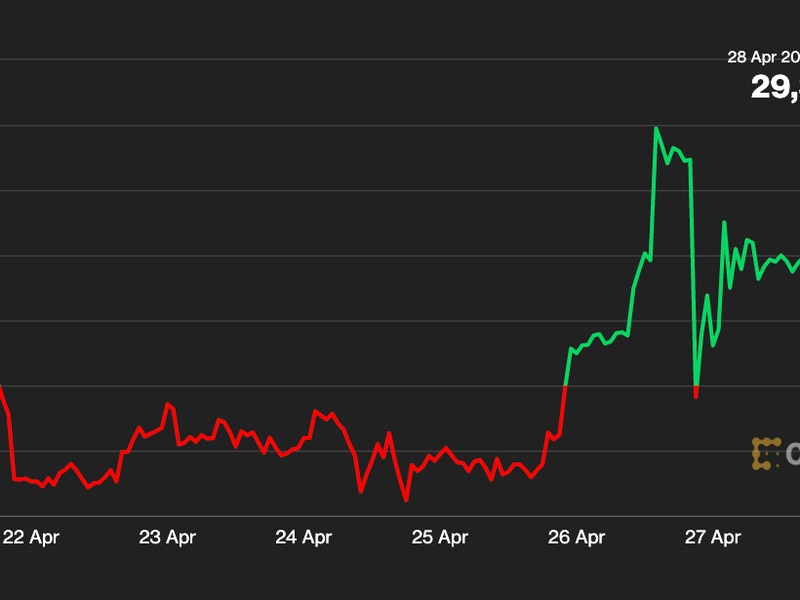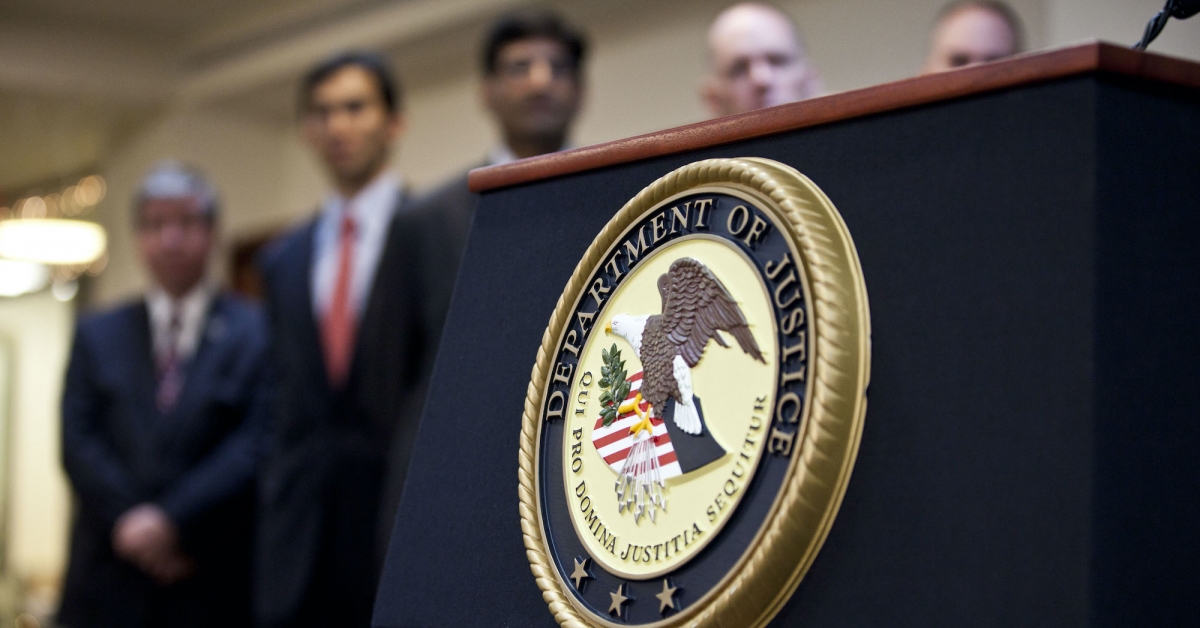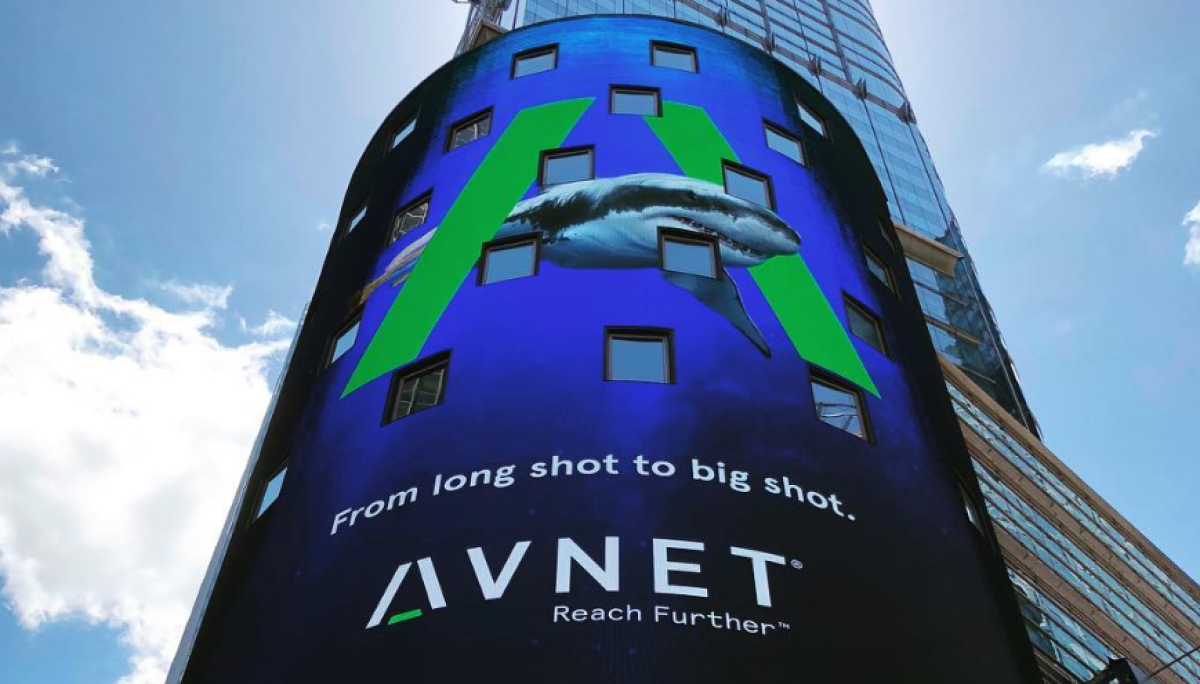Circle Gets $25M From DCG to Drive USDC Mainstream
Circle founder and CEO Jeremy Allaire (Circle)
Circle Gets $25M From DCG to Drive USDC Mainstream
USDC backer Circle is teaming with Genesis Trading in a $25 million deal aimed at pushing the stablecoin to the fintech masses.
Announced Wednesday, the funding comes from Genesis parent company Digital Currency Group (DCG), which, full disclosure, also owns CoinDesk.
The new partnership and funding will enhance Circle’s suite of products, and launch some new ones too, the companies said. It’s all geared toward additional USDC yield and lending services with a view toward mainstream adoption.
“We’re seeing the evolution from stablecoins as something that’s exclusively been in the crypto capital markets to really moving into a broader set of use cases in payments and commerce and financial applications around the world,” Circle CEO Jeremy Allaire said in an interview. “The logical evolution is that lending markets built on stablecoins are going to grow significantly.”
Dollar stablecoins are on a roll, with about 12 billion now in circulation. Out of the stablecoin cohort, USDC has shone in recent months, growing from just over 400 million in early 2020 to around 1.1 billion today.
Meanwhile, Genesis originated more than $2 billion in crypto loans in Q1 2020, and more than $8 billion since launching the business in March 2018. The broker has seen a marked increase in the percentage of USDC within its loan portfolio, said Genesis CEO Michael Moro.
“Look at the interest rates that various lending platforms like ours have been paying people just to buy and hold crypto, in addition to the price move in the crypto itself,” said Moro. “Now compare that to interest rates in the U.S., as well as negative interest rates abroad. With a 10-year Treasury note, we’re looking at 65, 70 basis points a year, versus being able to earn 8% potentially on your crypto, including stablecoins.”
Doubling down
Looking back, Circle has raised $246 million over seven funding rounds, with DCG being a regular investor in the company as far back as early 2014. The USDC stablecoin was born in October 2018 out of a partnership between Circle and San Francisco-based crypto exchange Coinbase, dubbed the CENTRE Consortium.
Allaire could not say specifically if Genesis or anyone else might be joining the CENTRE consortium soon, but he did say expansion plans are afoot.
“Right now, Circle and Coinbase are the two members of the CENTRE consortium, and what I call the board of managers for the governance of the stablecoin standard itself,” said Allaire. “We are going to be expanding ecosystem participation in CENTRE and involving a far broader range of participants in the direction of USDC as a standard.”
DeFi vs. CeFi
Decentralized finance (DeFi) lending is all the rage right now, and stablecoins like USDC are being sucked onto platforms such as Compound and Maker at a rapid pace, which presents something of a contrast to the more traditional world of crypto lending.
The high-net-worth clients, family offices and institutional players that Genesis typically serves are definitely following everything that’s happening in the DeFi space, said Moro, but these sorts of investors need to know who is the counterparty on the other end of a contract.
“The idea of smart contracts kind of being your counterparty is still a new and nebulous idea, certainly to the legal and compliance arm of a business,” said Moro. “That’s not to say that DeFi couldn’t make its way into corporate America, but it’s a long way from now, in my opinion.”
The logical evolution is that lending markets built on stablecoins are going to grow significantly.
There are possible areas of crossover, involving crypto hedge funds that can handle the counterparty risk in return for price arbitrage opportunities, Moro added.
“There are guys that are comfortable with the counterparty risk, trading liquidity and volatility, who are able to [arbitrage] to two markets and kind of intersect both worlds,” said Moro. “That’s a natural development, but it’s also hard to price the risk.”
While USDC’s 200% growth this year is impressive, in terms of volume, tether (USDT) dominates the stablecoin space with about 10 billion in circulation. Allaire believes issuing a transparent, regulated dollar stablecoin (USDC is audited by global accountancy firm Grant Thornton) will win out in the long run.
“There are obviously other stablecoins that have been in the market for a long time and are not regulated,” Allaire said. “What’s backing them is an open question and we have seen various legal inquiries. If you’re talking about building the future financial system, I think you want to build on something solid.”
Disclosure
The leader in blockchain news, CoinDesk is a media outlet that strives for the highest journalistic standards and abides by a strict set of editorial policies. CoinDesk is an independent operating subsidiary of Digital Currency Group, which invests in cryptocurrencies and blockchain startups.









